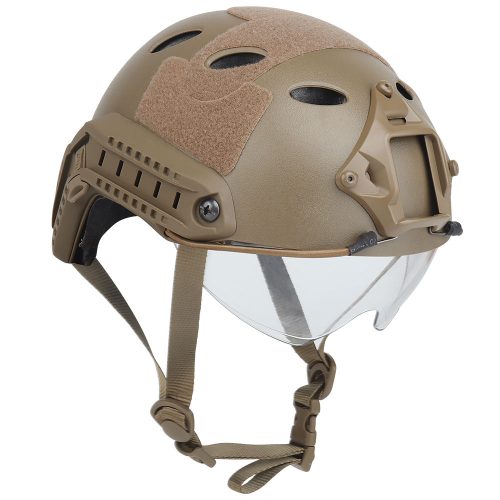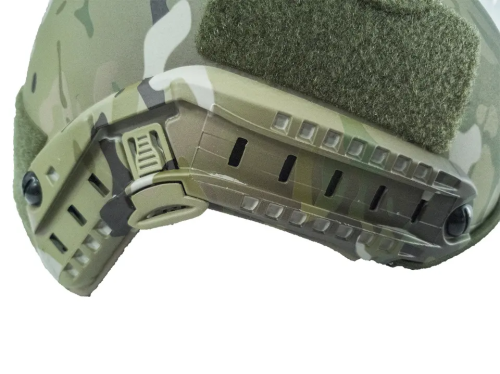Helmet technology has evolved significantly over the years to improve safety and comfort across various sports and activities. Here’s a brief overview of the key stages in the evolution of helmet technology:
- Early Helmets:
- Early helmets were basic and primarily made of leather, metal, or even cloth. They provided minimal protection against impact and often focused on aesthetics rather than safety.
- The Advent of Polystyrene Foam:
- In the mid-20th century, the introduction of expanded polystyrene (EPS) foam revolutionized helmet design. EPS foam, with its ability to absorb and disperse impact forces, became the standard material for many helmet types.
- Bicycle Helmets:
- In the 1970s, bicycle helmets started gaining popularity, especially after the introduction of the Bell Biker helmet. These early helmets were made of EPS foam with a hard plastic shell.
- Motorcycle Helmets:
- Full-face motorcycle helmets became popular in the 1960s, offering comprehensive head and face protection. Innovations in materials, like fiberglass and carbon fiber, led to lighter and stronger helmets.
- Aero Helmets:
- The introduction of aerodynamic helmets in cycling came in the 1980s and gained traction in the 2000s. These helmets are designed to reduce wind resistance and improve speed.
- Multi-Impact Helmets:
- Helmets designed to withstand multiple impacts without compromising safety have been developed, such as the ABS (Acrylonitrile Butadiene Styrene) helmets used in industrial settings.
- MIPS and SPIN Technology:
- In the 2010s, technologies like MIPS (Multi-Directional Impact Protection System) and SPIN (Shearing Pad INside) were introduced. They focus on reducing rotational forces on the brain during angled impacts, enhancing safety.
- Smart Helmets:
- Some helmets now come equipped with technology like built-in communication systems, rearview cameras, integrated lights, and heads-up displays, enhancing connectivity and safety.
- Ballistic Helmets:
- Military and law enforcement helmets have evolved to become ballistic helmets, providing protection against projectiles and other threats in addition to impact protection.
- Custom-Fit Helmets:
- Certain helmet manufacturers offer custom-fit options, allowing users to have a helmet specifically molded to their head shape for the best possible fit and comfort.
- Advanced Materials:
- Helmets are now made from advanced materials like carbon fiber, Kevlar, and composite materials, which provide excellent strength-to-weight ratios.
- Advanced Impact Testing:
- With advancements in impact testing and research, helmets are subjected to more rigorous standards to ensure they provide better protection.
- Sustainability and Safety:
- Some manufacturers are working on sustainable and eco-friendly helmet materials to reduce their environmental impact while maintaining safety standards.
The evolution of helmet technology continues, with ongoing research and development aimed at enhancing safety, comfort, and performance. As technology advances, we can expect helmets to become even more effective at protecting the head and minimizing the risk of injury in various sports and activities.


